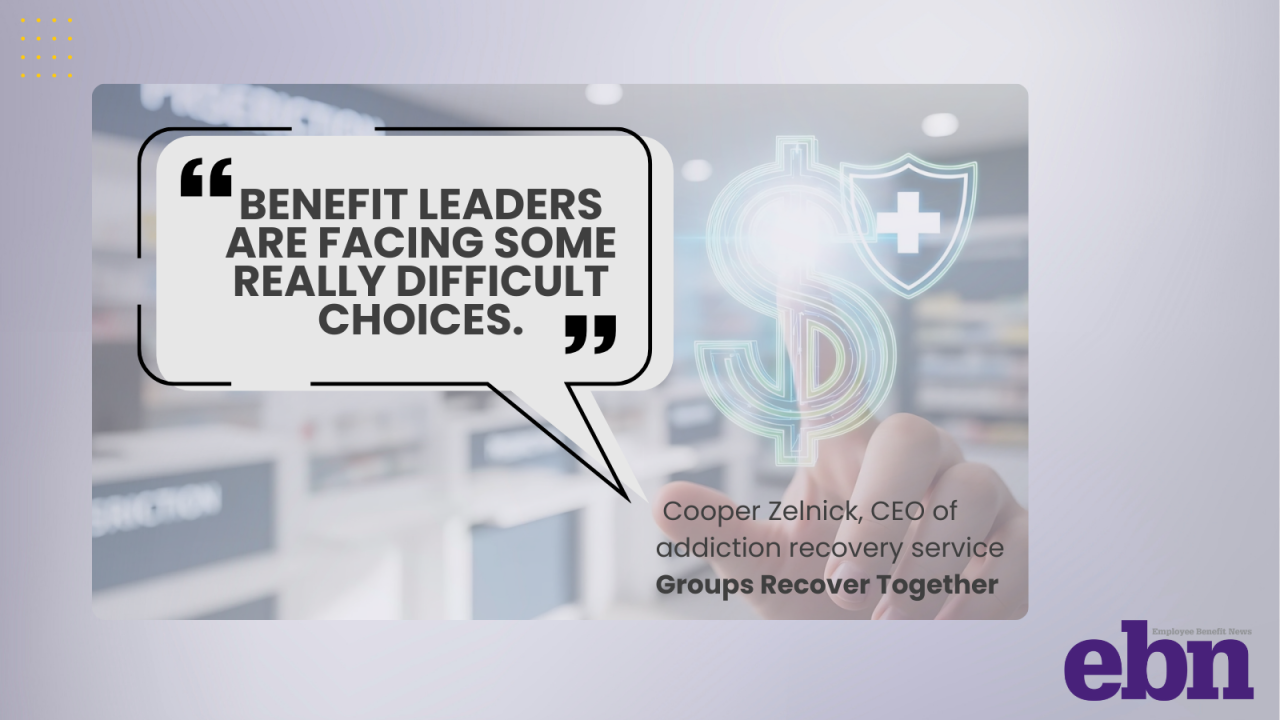Insurance agencies looking for customer service staff has gone on for years. Just check the
When we fill these roles, we want to find people who
That got us thinking, "Maybe if we made a difference in our employee's lives, it will more than trickle down to how they serve our clients." We tried something new a little over three years ago and haven't looked back. We also haven't turned over our customer-service people since that time. Nobody wants
Read more:
So what did we do? We realized our service team members were human. They required time to rest and reset their minds. We couldn't keep asking for extra hours from our employees when they have other responsibilities that are at least equally and probably more important than work. Things like taking care of an aging mother, picking the kids up from school and running a household.
We added an additional 24 paid days off per year, allowing each member of the team an ability to have a three-day weekend every other week all year long. If you think about it, when you work five days a week and run your household one day a week, that doesn't leave you enough time to travel or go anywhere in a relaxed state on your days off. Those extra paid days off create the balance and peace needed for quality of life.
After three years the results are in: Our clients rave about the service team on a regular basis, and our team has an unmatched work-life balance that our competitors aren't willing to offer. It runs throughout our culture. Caring about our employees' quality of life leads to happy clients. We also place strong policies in place for employees and families, figuring if the work environment doesn't allow wage earners to take care of themselves and their families, then what is the point in working?
Read more:
One of the best side effects is that as our team has grown, we have drawn talent that is happy — the type of employee who is attracted to extra paid PTO days and is enjoying their life and work at the same time. Another positive side effect has been an additional 15% organic growth each year.
It wasn't smooth sailing at first when we implemented this. It took a bit to figure out how to communicate who was on deck each day. After about three months, it had become second nature. It forced cross training on accounts and improved communications within the team. All of this leads to happier customers because no one is dependent on any one person to get assistance.
Initially, if you are running an agency, you may think you can't afford it. Calculate the cost of turnover before you consider this strategy as not being right for your business. When you do that, don't forget to include the soft cost of turnover; things like your last customer-service rep left and "indirectly" takes your largest client with them. You will find the largest cost to your agency is always soft costs. You also can add in the hard cost of onboarding and off-boarding employees, and transitioning accounts to new representatives.
Read more:
What does it mean for our industry? It may sound simple, but what comes around goes around. When we treat our team members well, they treat our clients well. It moves the placement of a traditional producer-focused agency to one wherein all members on the team are focused on our customers' best interests. This leads to team members bringing suggestions based on listening to clients. Once we prioritized service over sales, client focus was the natural outcome, giving us an ever-evolving advantage in the marketplace.
Priorities include making sure management from the top down is supportive. The old days of sales being priority in an agency fall by the wayside, and a team approach places clients center stage right where they belong. But remember that they got there because our team members are cared for, which allows them to listen to what our clients truly need.
The plan is simple: prioritize what is important. Treat your people well and it will come back 10 times!






